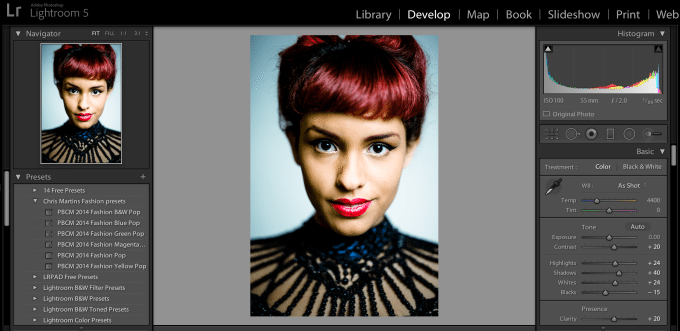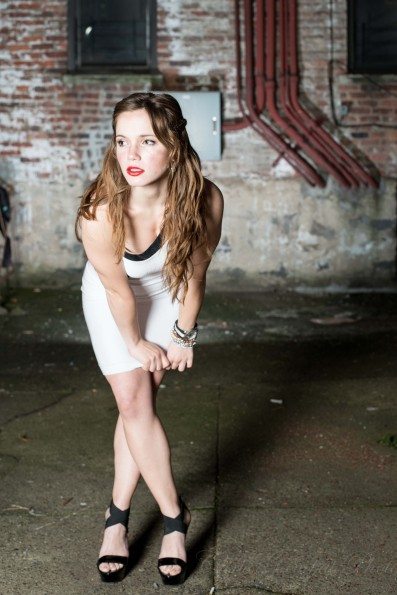Chris Martin has released presets before for film lovers, but for the specialized fashion shooter you can never have too many presets to help speed up your workflow. With that said, shortly after we announced the recent Fashion preset package, we decided to give them a go. Since I’ve done fashion work before, I put myself into the mentality of needing to deliver images super fast to clients. But in this case, it was instead to give the models I work with another way to display images of themselves for their own portfolio. With that said, retouching wasn’t done to the images–but in these situations they didn’t really need them.
What I found is something that you’ll either scoff at or praise.
Why Presets?
There is a major and fierce debate in the photo world. Lots of folks hate using presets and prefer to process their images manually. Others (many of which I’d think are real working pros and know how to market the hell out of their portfolio) embrace them because it can make their workflow fast and simpler.
Now: ask yourself this.
No, really: ask yourself this.
Are you ready?
If you hate presets so much, do you feel confident enough in your knowledge of lighting and color theory that you wouldn’t need them if a client of yours asked for them?
Read that sentence again. Wedding photographers, fashion photographers, portrait photographers, editorial shooters, and more love presets. The sight of a client’s eyes lighting up with joy when you apply something that photographers would otherwise think is tacky is something that in the end means that you nailed the job and that you’ll get referral work for sure.
Don’t have clients? Well…don’t worry then and keep doing only what makes you happy.
Tech Specs
Chris Martin gave us a couple of renderings for his preset package. They are as follows.
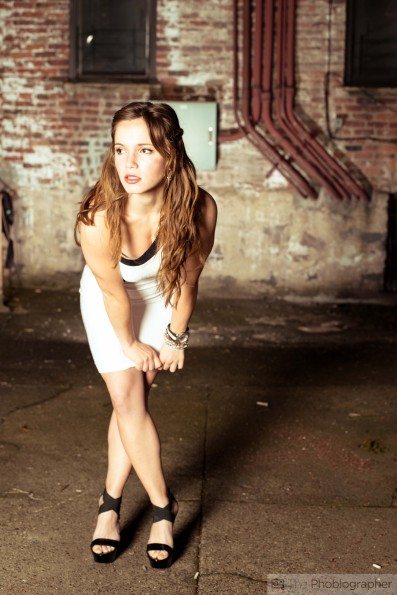
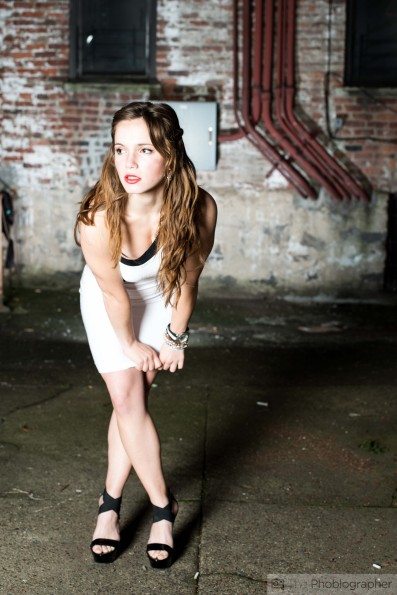
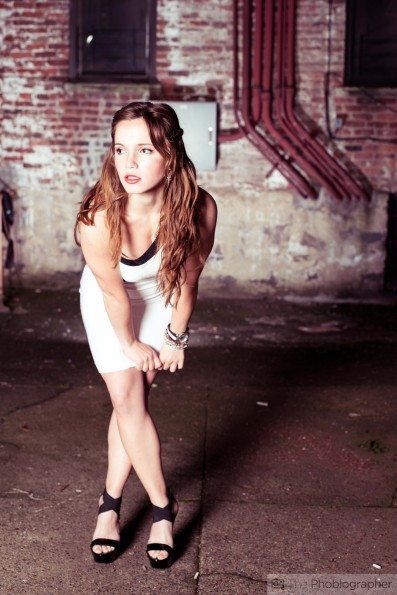
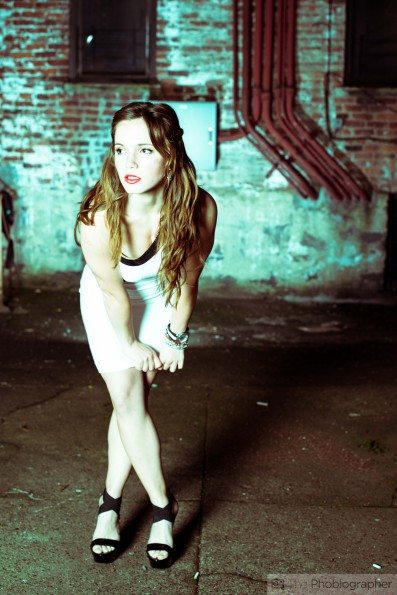
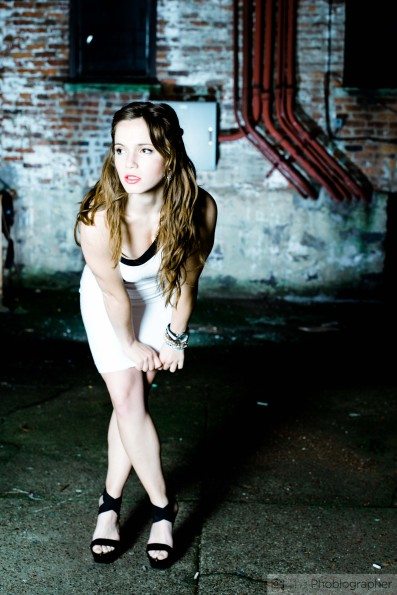
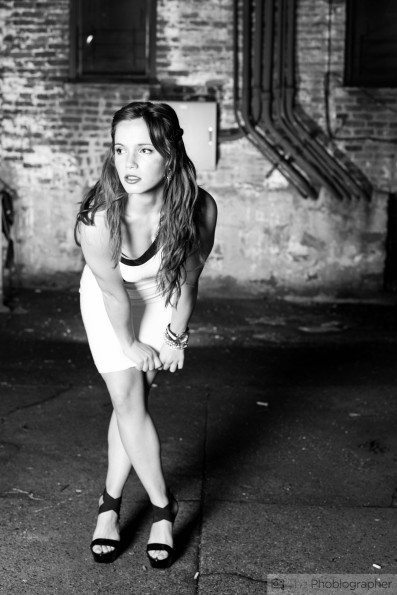
Don’t ask us why we incorporated the term “Pop” into each preset. He just did. While working with them a part of me felt like that by saying the word Pop, I was channelling my inner Andy Warhol. Except I’m really not. These images are anything but. Instead, they seem very much more inclined towards the Instagram world.
Ease of Use
Using the presets in Adobe Lightroom (note that they’re also available for Photoshop) is simple to do. For the best results, you’ll need to go to the Develop panel, right click in the preset area, and import the presets. If the program doesn’t do it already, you’ll also want to put them in their own folder for easier organization.
Image Quality
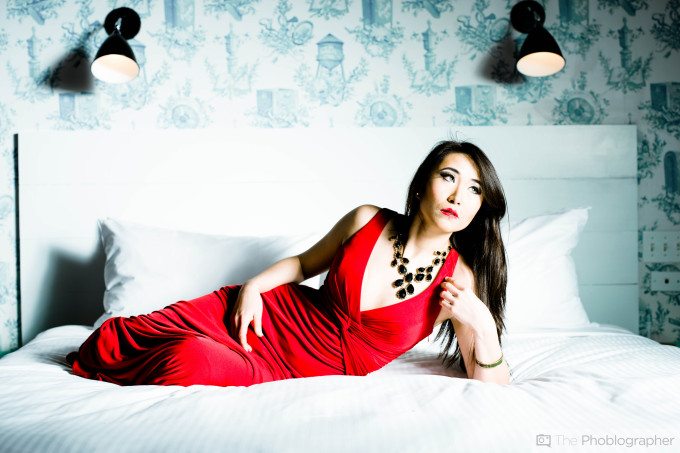
For what it’s worth, I’m a much bigger fan of the blue pop, magenta pop, and in some situations the yellow pop. The others I haven’t been able to find a good use for–but that is probably all due to my personal preferences and the way I light my images. These three in particular look very Instagram/VSCO inspired, and for that reason we feel that they’ll have the most mass appeal. The rest are going to be hit or miss depending on the images. But that also doesn’t mean that your clients won’t like them.
In fact, they’d probably go nuts over them.
Conclusions
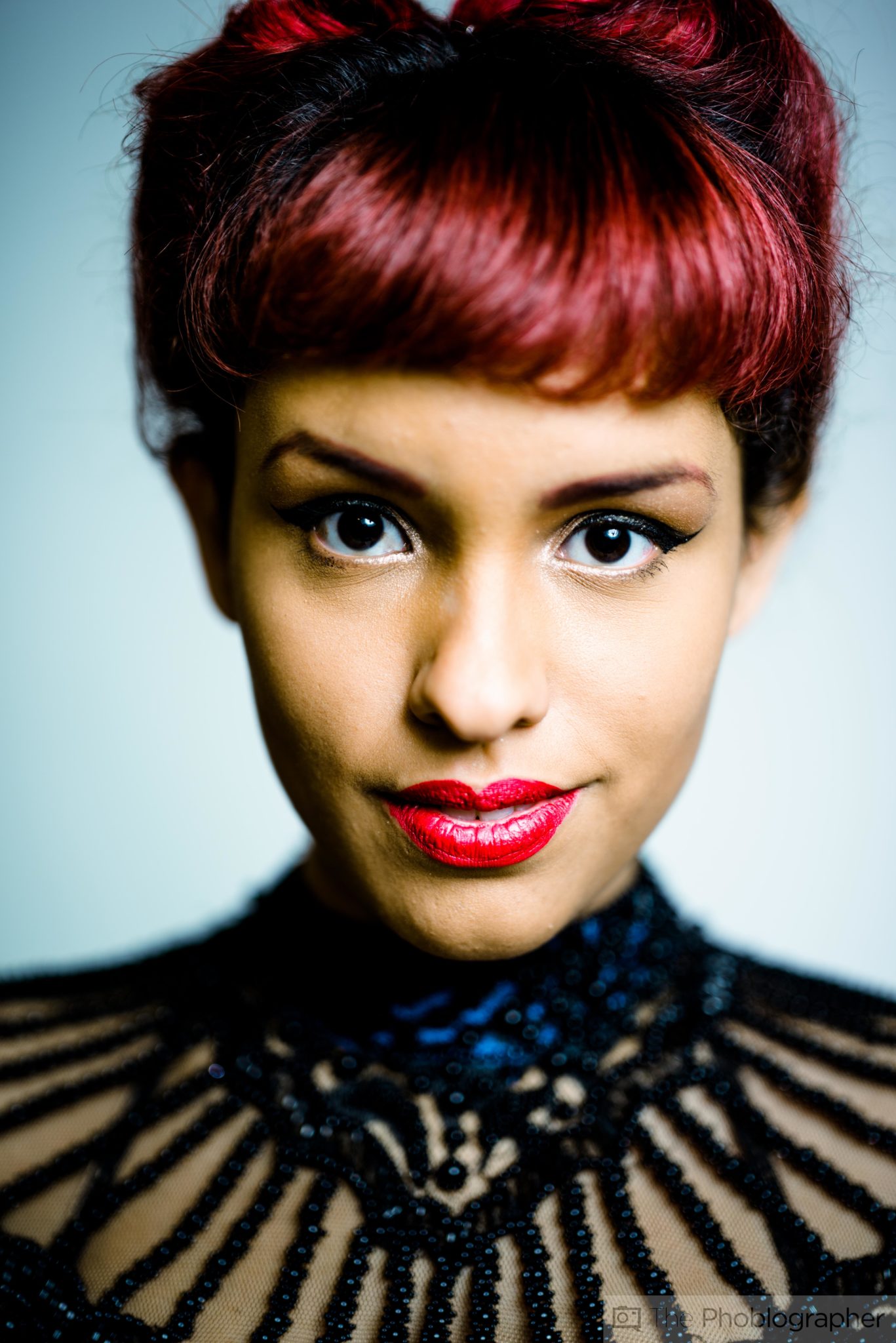
Chris Martin’s presets are very specialized and we believe that they’re best used in the hands of working pros and indeed, the fashion folks. The typical user that hangs out in the forums DPReview won’t be able to fully appreciate these, but the artist in all of us surely can.
Interested? Phoblographer readers can purchase the presets and gets a 10% discount by using the code PHOBLOGRAPHER14.
Chris also did a guest blog post for us for the Creating the Photograph series–which you should totally check out.
Please Support The Phoblographer
We love to bring you guys the latest and greatest news and gear related stuff. However, we can’t keep doing that unless we have your continued support. If you would like to purchase any of the items mentioned, please do so by clicking our links first and then purchasing the items as we then get a small portion of the sale to help run the website.
Also, please follow us on Facebook, Google+, Flickr and Twitter.


